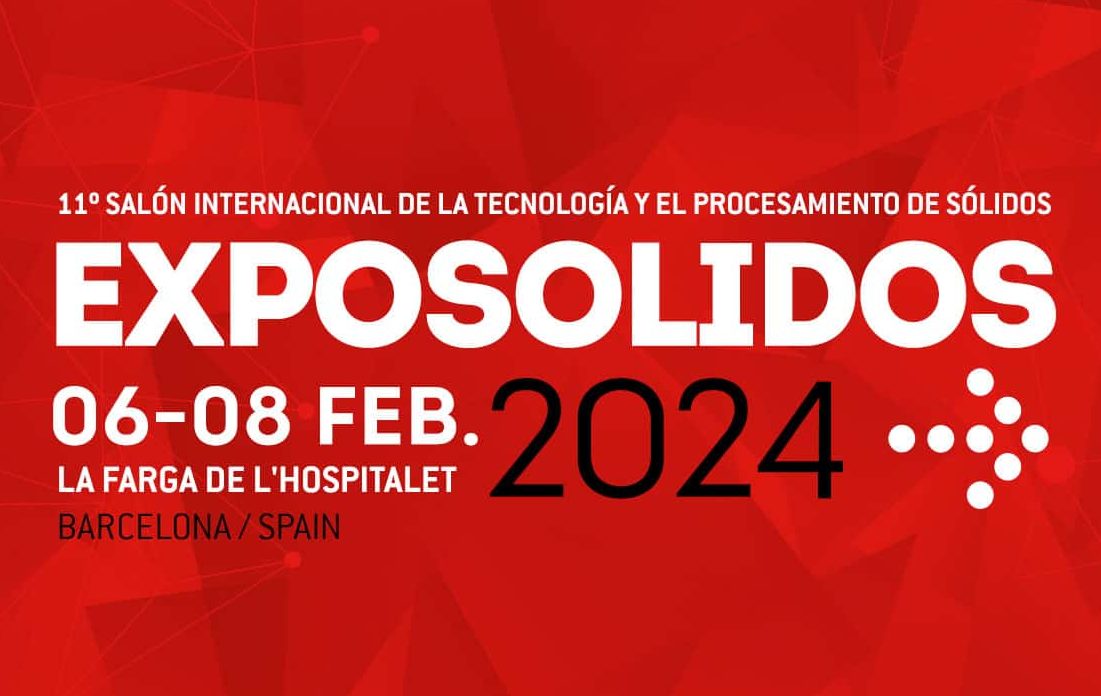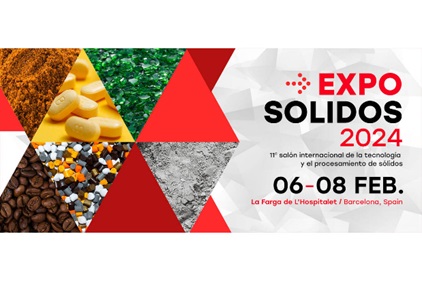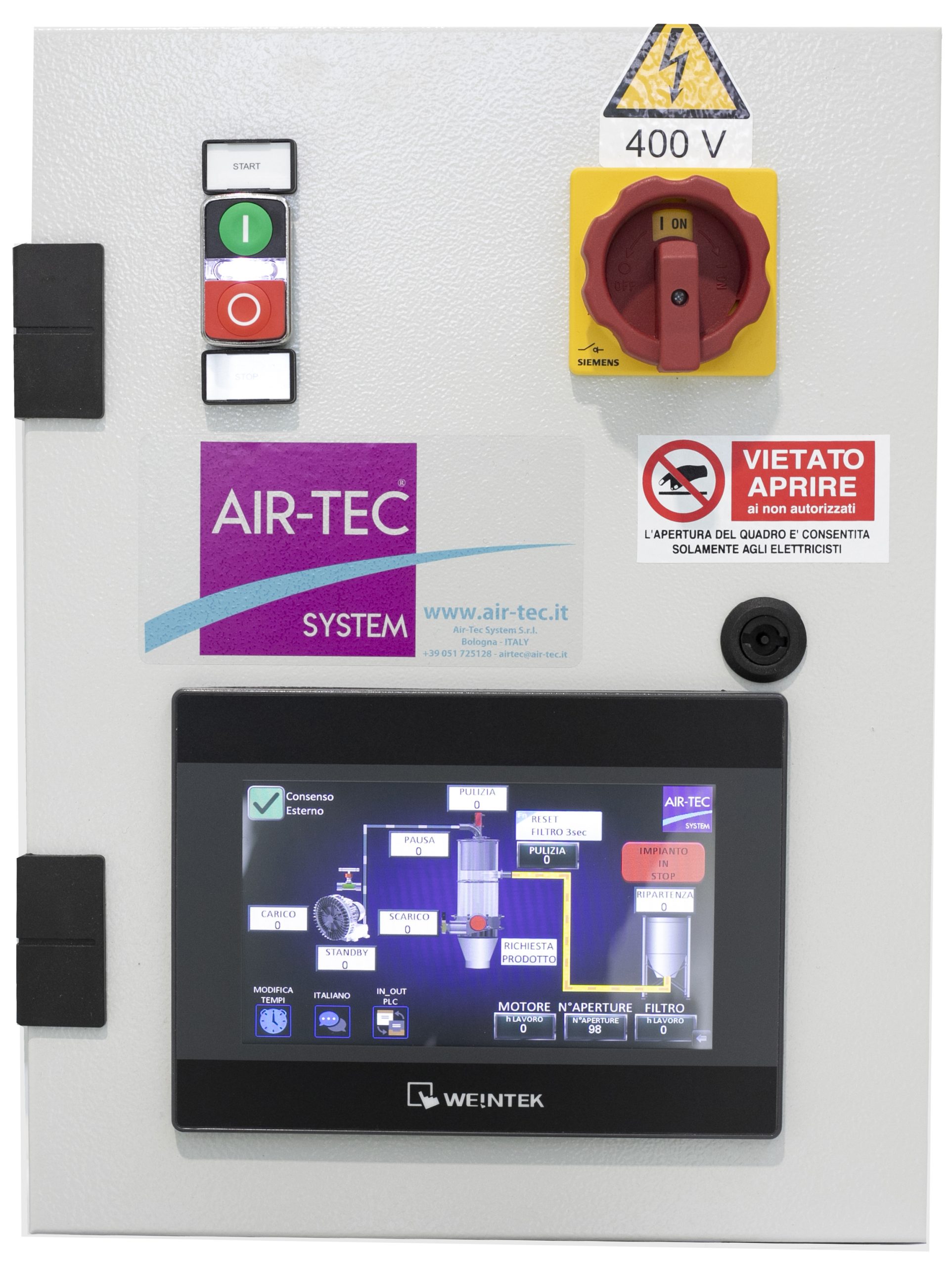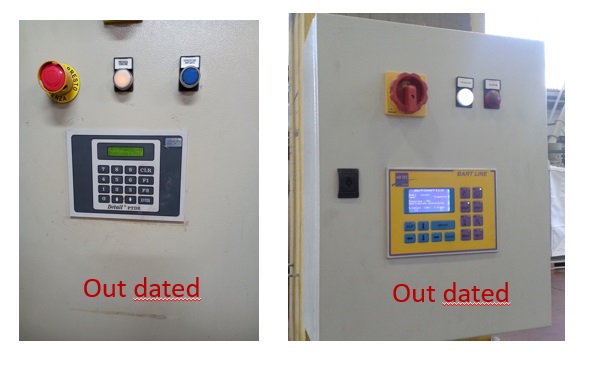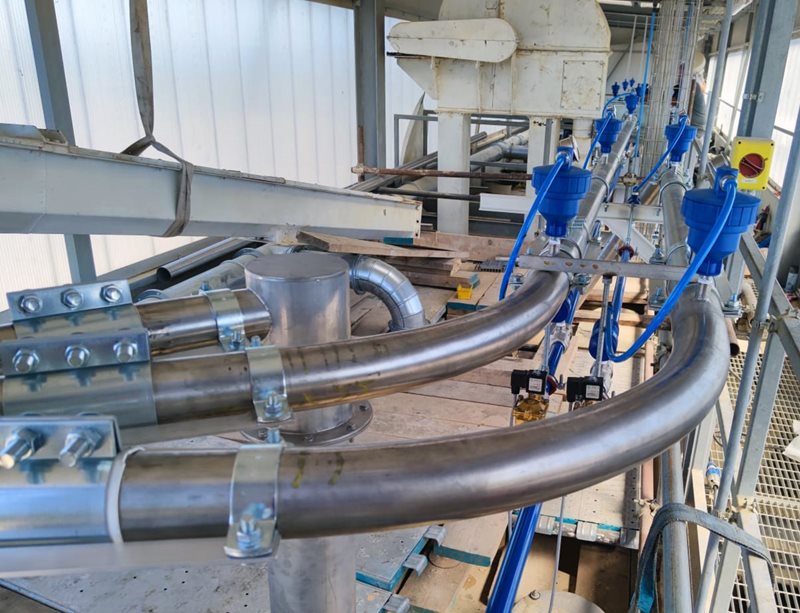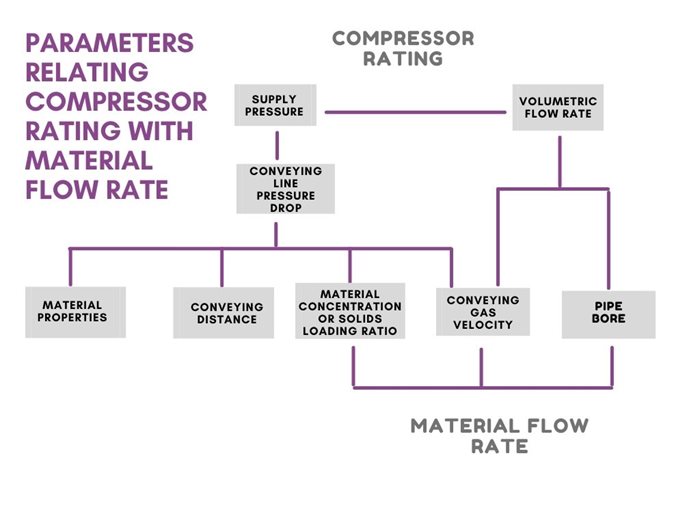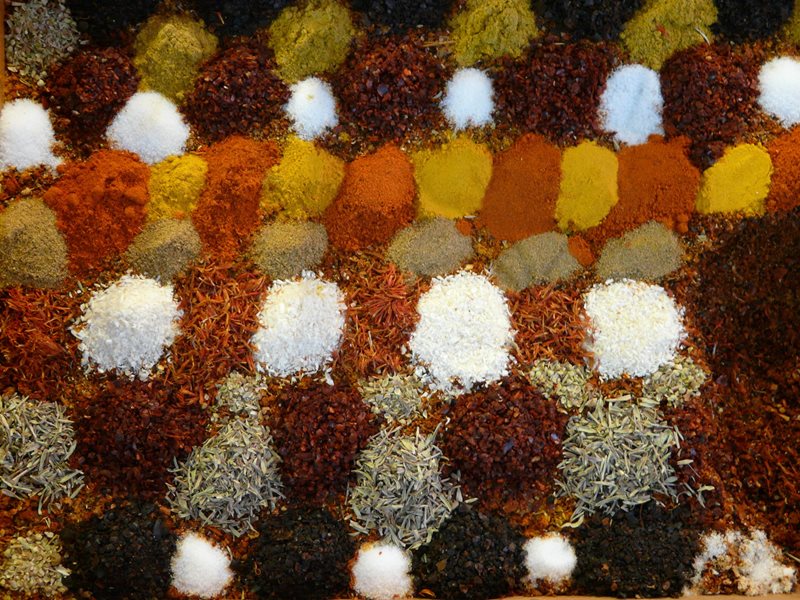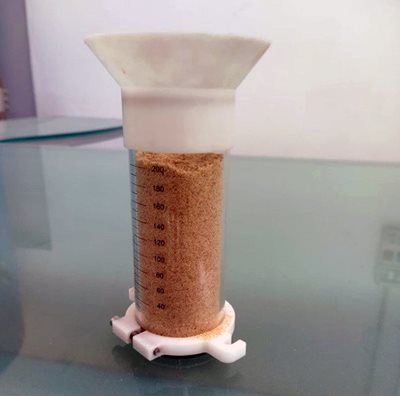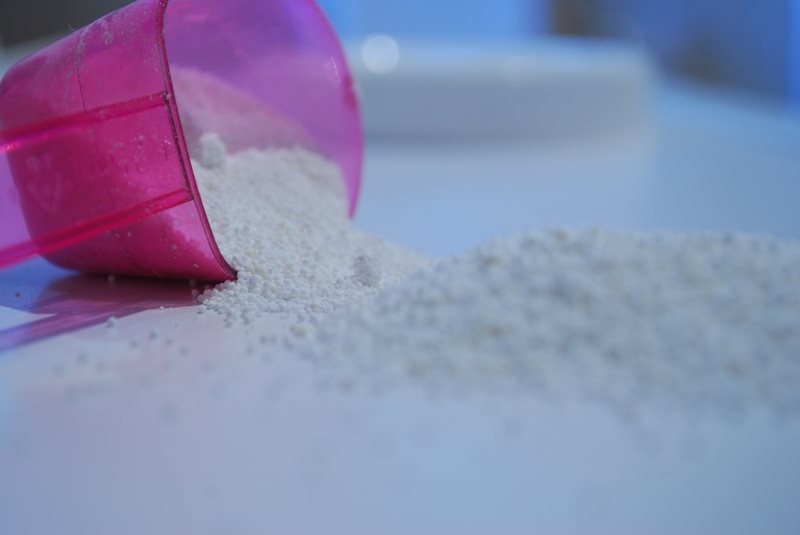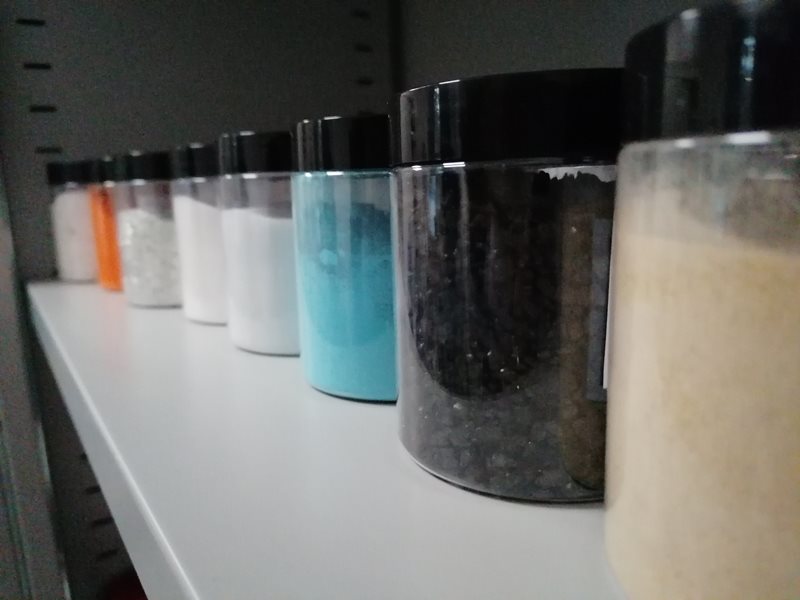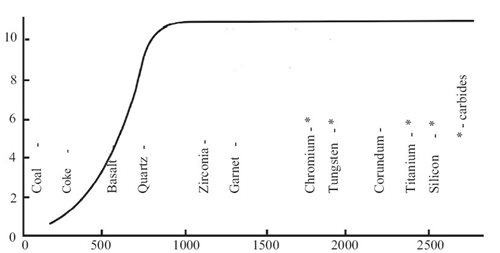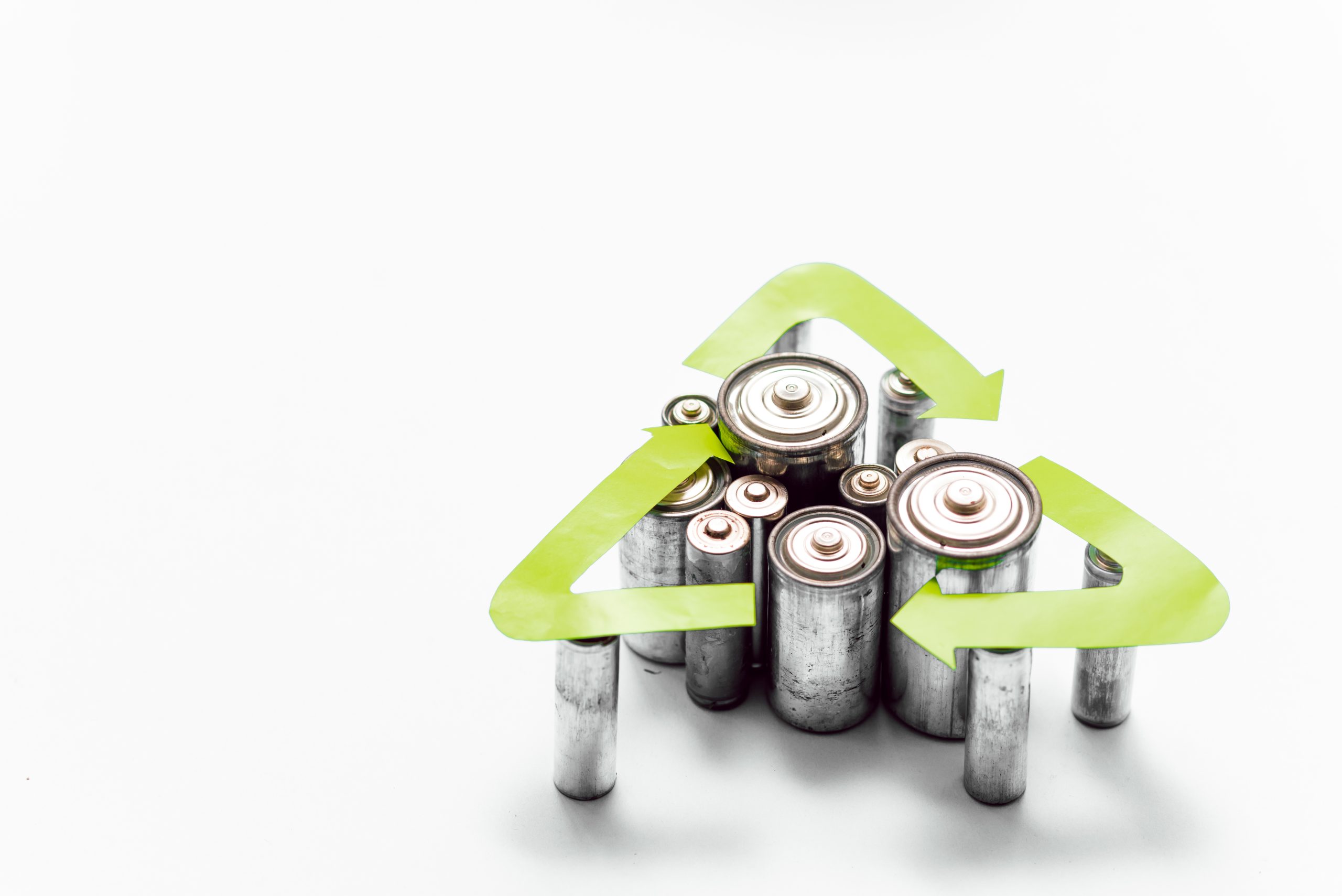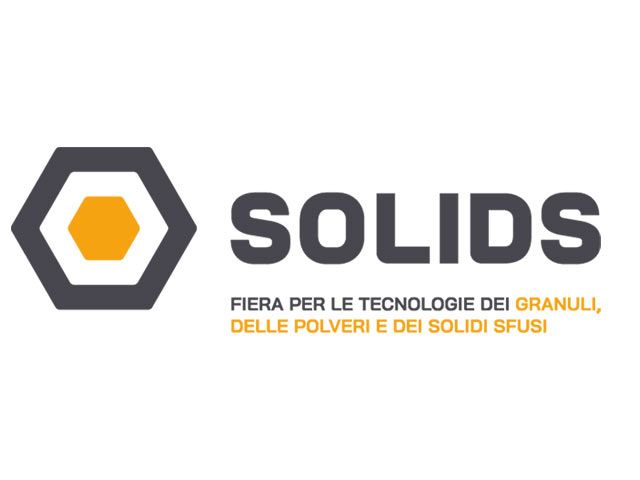
FEATURED – NEWS
Solids Parma 2024
Air-Tec System will also participate in the second edition of Solids Parma, which will be held on 5 and 6 June 2024. Solids is one of the most important trade fairs in the powder handling and storage industry, and from 2023 it finally came to Italy.
Our commitment and enthusiasm enabled us to win in the last edition, the first prize in the contest as the exhibitor who divulged the most entrance tickets, and this helped to stimulate us even more to do better.
Our entire staff will be happy to welcome you in a relaxed and convivial atmosphere during which we will be open to questions, special requests, proposals, and comments.
Trade fair events are always a great opportunity for growth and mutual exchange, as well as a time to consolidate existing relationships and create new ones. Particularly for companies that, like us, work with customers from many parts of the world, the trade fair is an appointment to finally meet each other live, not just over the phone or PC screen.
In addition, participation in Solids is an incentive for us to create something new and always better for our customers. The ‘I win-You win’ perspective clearly defines what we believe in and what we work for every day.
We look forward to meeting you at our stand!



